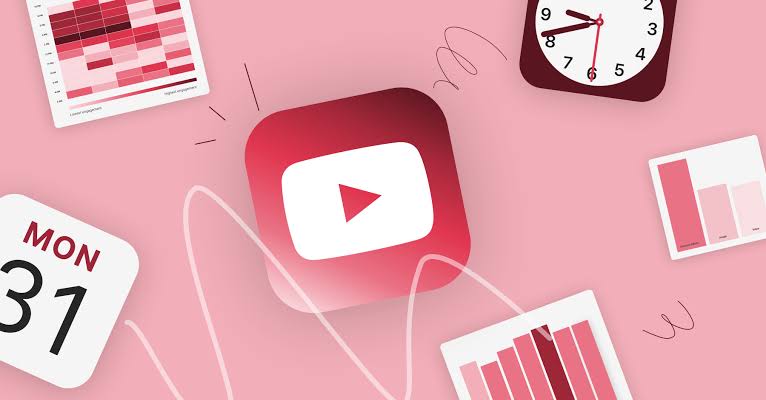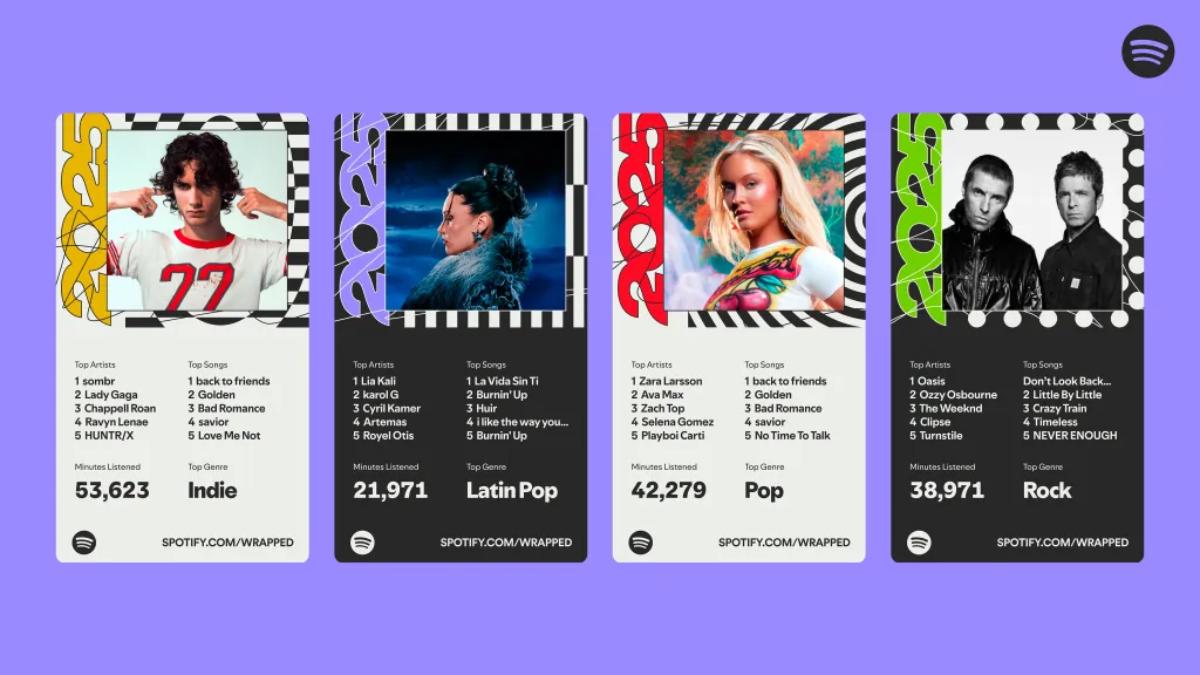YouTube courses are online educational videos that teach specific skills or topics.
They are created by individuals or organizations and uploaded to YouTube for viewers to watch and learn from. YouTube courses can cover a wide range of subjects, from programming and design to personal development and entrepreneurship.
Benefits of YouTube Courses
- Accessibility: YouTube courses are freely available to anyone with an internet connection, making education more accessible than ever before.
- Flexibility: Viewers can watch YouTube courses at their own pace and on their own schedule, allowing for a more personalized learning experience.
- Variety: With millions of videos on YouTube, there is a vast array of courses and topics to choose from, catering to diverse interests and learning styles.
How to Create a YouTube Course
- Choose a topic: Select a subject that you are knowledgeable and passionate about. Consider the needs and interests of your target audience.
- Create a course outline: Break down your topic into manageable sections and lessons. This will help you organize your content and create a structured learning experience.
- Record video lessons: Use a camera, microphone, and lighting setup to record your video lessons. Aim for clear audio and visuals to enhance the learning experience.
- Edit and optimize videos: Use video editing software to trim, splice, and polish your videos. Add titles, graphics, and annotations to make your lessons more engaging and informative.
- Upload and organize: Upload your videos to YouTube and organize them into playlists. Add descriptions, tags, and titles to help viewers find your course.
- Promote and engage: Promote your YouTube course through social media, email marketing, and other channels. Engage with your viewers by responding to comments and feedback.
Tips for Success
- Be consistent: Regularly upload new videos to keep your viewers engaged and to build a loyal following.
- Interact with your audience: Respond to comments, answer questions, and gather feedback to improve your course and better serve your viewers.
- Continuously improve: Use analytics to track your course’s performance and make adjustments based on viewer feedback and engagement.
By following these guidelines and best practices, you can create a successful YouTube course that helps others learn and grow while building your own brand and reputation as an expert in your field.













